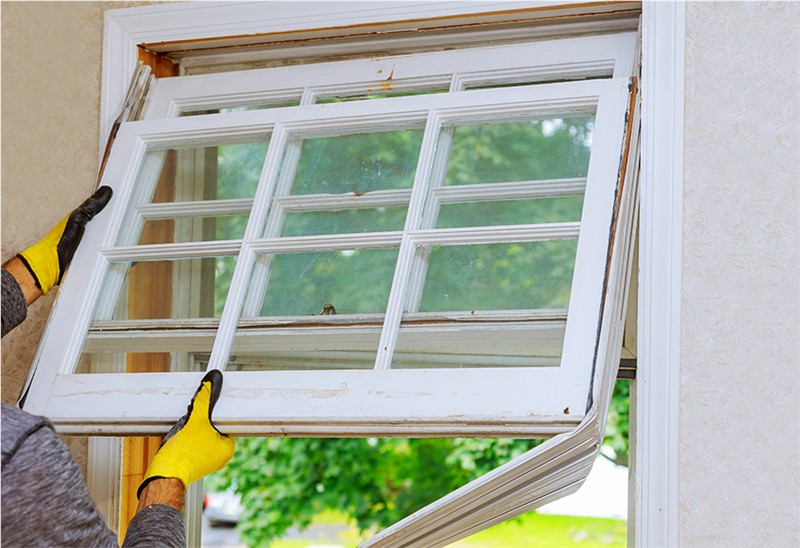Advantages Of Insulating Under Your Floorboards
Where thermal comfort is concerned, cold temperatures seem to take the greatest toll on our feet. Instead of relying on fluffy socks to get you through the winter, try installing floor insulation – a crucial preventative step against heat loss and draughts.
According to the Energy Saving Trust, installing floor insulation in a typical semi-detached house could save you around £50 per year on energy bills! Sound good? Read on to learn how you can turn the thermostat down and bring your comfort levels up.
Suspended Floor Insulation Installation
Insulating a suspended timber floor eradicates draughts and diminishes heat loss through the floor’s fabric.
Insulating suspended timber floors is, in principle, a simple process which can include an insulation product, a breather membrane or a vapour control layer.
In some cases, however, it is sufficient just to install the insulation material, which will be firmly fitted between the floor joists from the underside. Access to carry out the work is the biggest consideration here, as often floor boards need to be taken up.
When you insulate suspended timber floors, maintaining effective ventilation is key. This is usually done with air bricks – these should be left uncovered by the insulation material so as not to inhibit air movement.
Solid Floor Insulation Installation
While floor insulation benefits everyone, those with a solid ground floor/solid concrete floor need to put in a bit more work; the process is more difficult and labour-intensive, but the results are worth it.
Typically, rigid foam insulation is placed over the concrete floor and then topped off with chipboard and a preferred floor covering.
Floor insulation should go above the damp-proof membrane to protect both the concrete and insulation from moisture damage.
Bear in mind, when insulation is added on top of a solid floor the whole floor level will rise. Consideration should be given to this and any potential adjustments to doors, change in levels between rooms etc. Always consult a professional.
Benefits of Floor Insulation
- Future-proofing your property – Upgrading your home’s insulation can work to improve your EPC ratings.
- Low maintenance – Insulating your floors is a one-time job with little to no required upkeep.
- Sustainability – Underfloor insulation conserves energy, lowers carbon dioxide emissions and benefits the environment.
- Energy bill reduction – Up to 20% of heat loss in a property can be attributed to poorly insulated floors – by installing floor insulation you could save up to £65 annually on your energy bills!
What Insulation Can I Use To Insulate My Floor?
Each material has its own benefits which should be carefully considered, for example – insulation roll is cheaper and easier to install, however, 100mm Celotex is more costly but yields better thermal performance.
- Knauf Insulation Roll
- Celotex 100mm
- Rockwool Insulation Slab (mineral wool)
Conclusion
There are many benefits to suspended timber floor insulation, both in terms of energy savings and comfort. When you insulate under floorboards you not only make the surface warmer but also enhance the property’s thermal envelope as a whole.
You can either install floor insulation yourself or hire a professional to do it for you. If you hire a professional, they will likely charge by the square foot, so be sure to get an estimate before they begin work.







